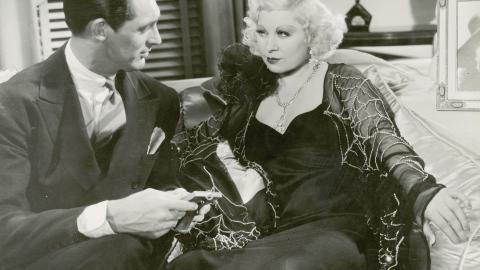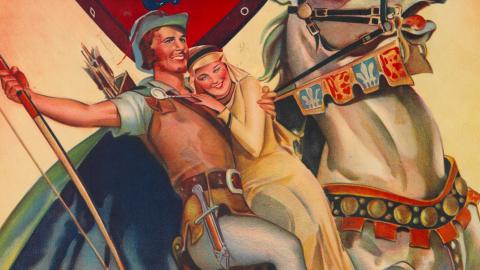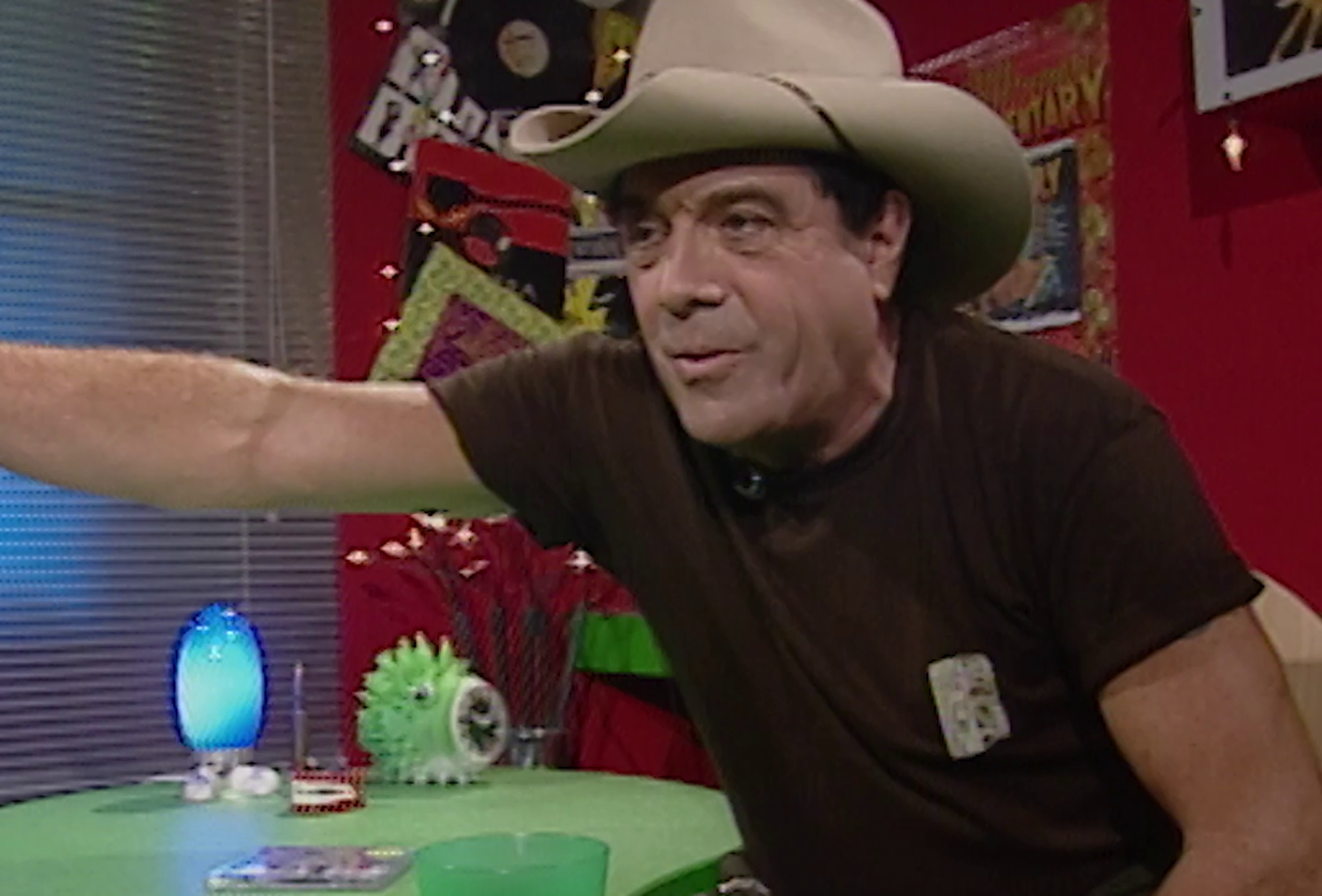
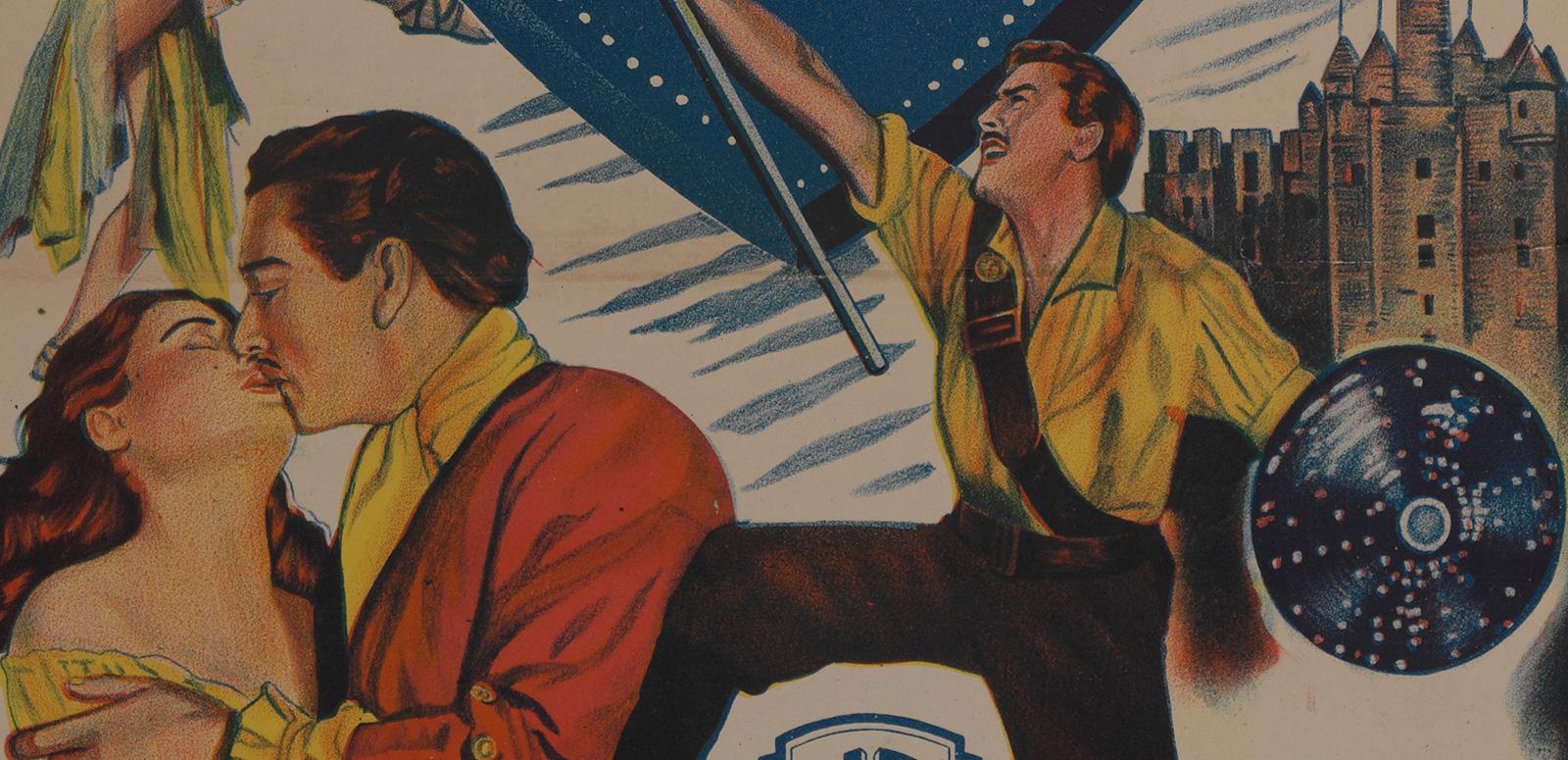
Framed by Fame
Framed by Fame: Australian Daybill Posters Collection
Since 1910, ambitious Australians have sought fame overseas in motion pictures. Some succeeded through talent, others thanks to luck or their professional connections.
All shared the same dream of advancing their careers beyond the limitations of Australia’s film industry, showcasing their talents on a global scale, and collaborating with the leading directors and stars of the day – like Alfred Hitchcock, Charlie Chaplin and Doris Day.
At home, visually striking posters lured audiences to the cinema. The uniquely Australian daybill poster format measured 13 x 30 inches (33 x 76 cm). Daybills were printed using a stone lithographic process, resulting in a different tone and a lighter, sketchier style than offset-printed posters.
Australian posters were often modified from their American or UK counterparts, sometimes highlighting the home-grown talent to be found within the film.
These daybill posters represent the diverse talents and achievements of Australian creatives overseas, and their contribution to the international motion picture industry.
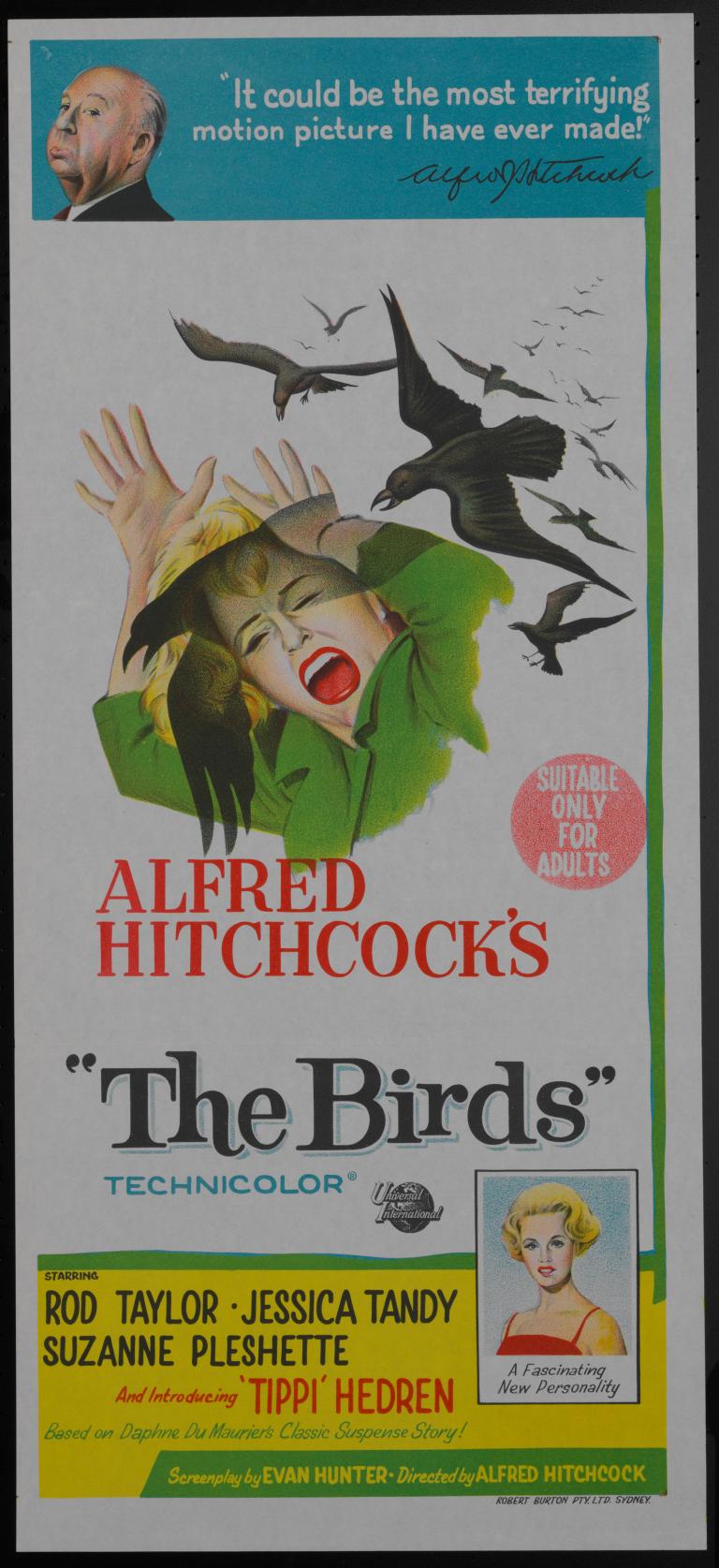
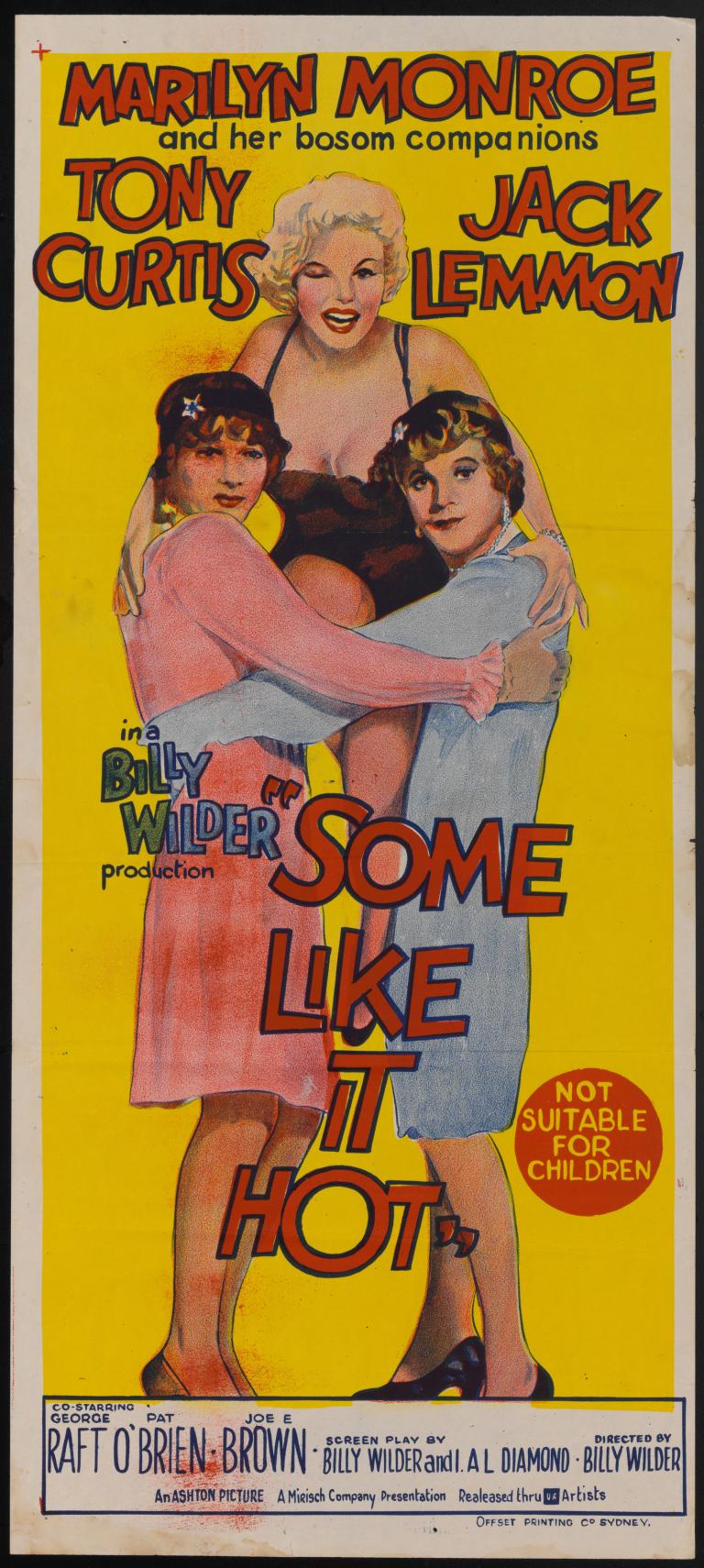
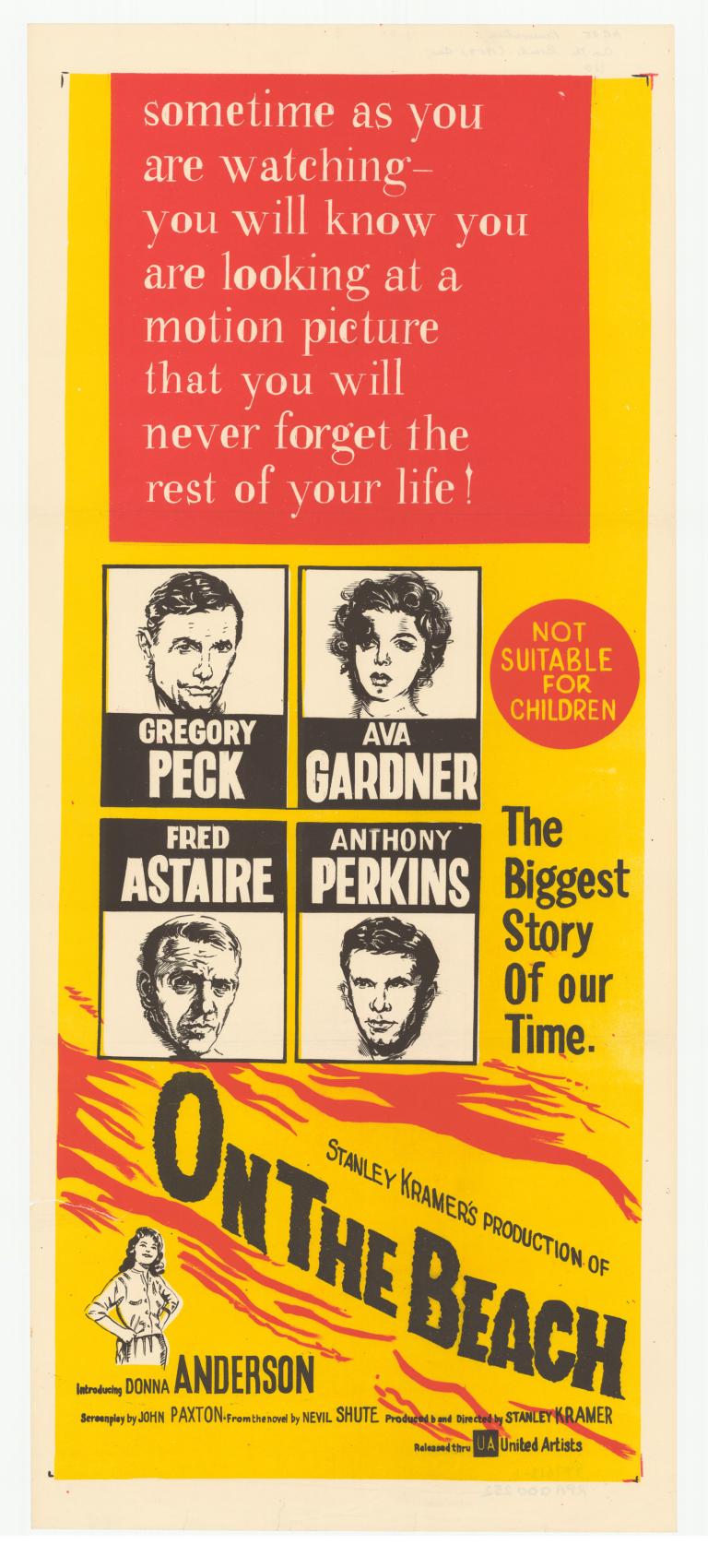
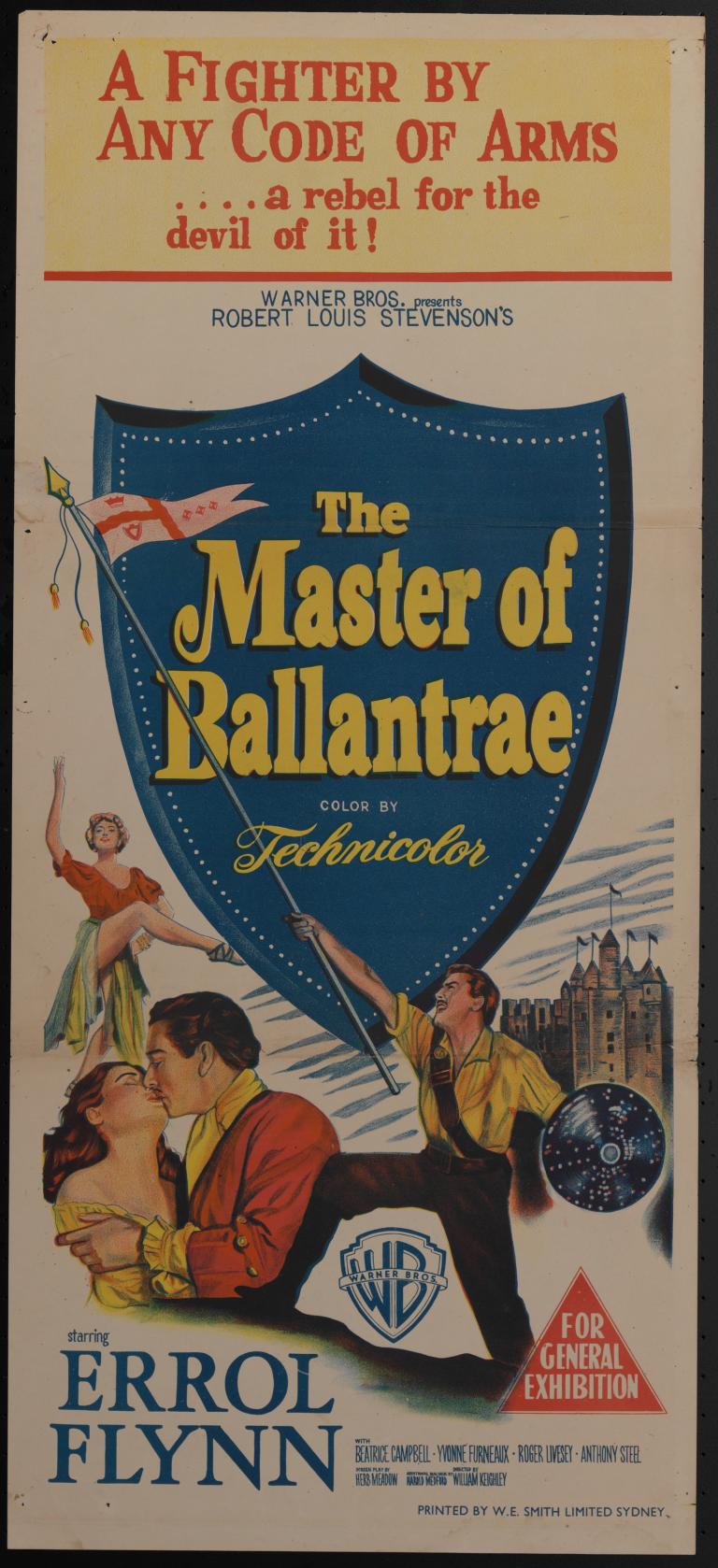
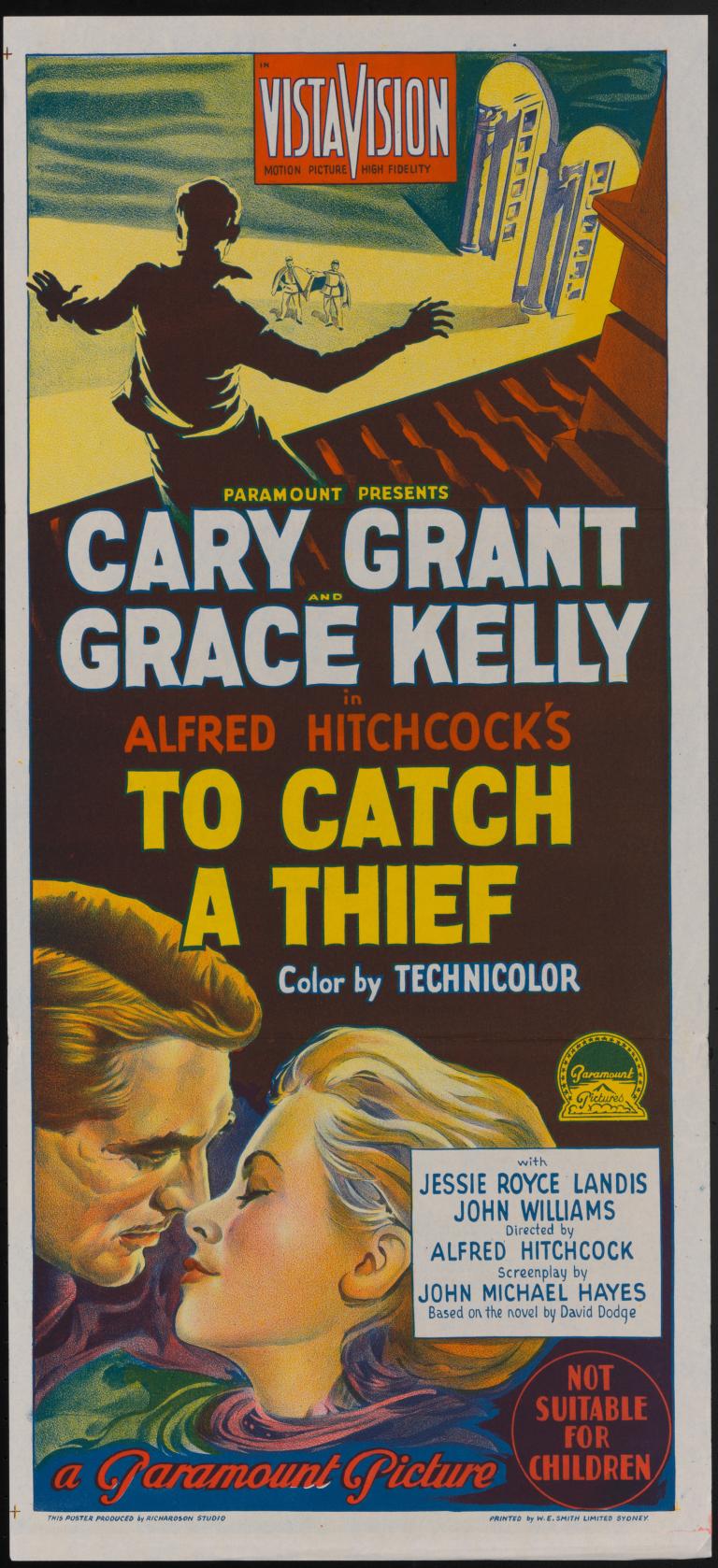
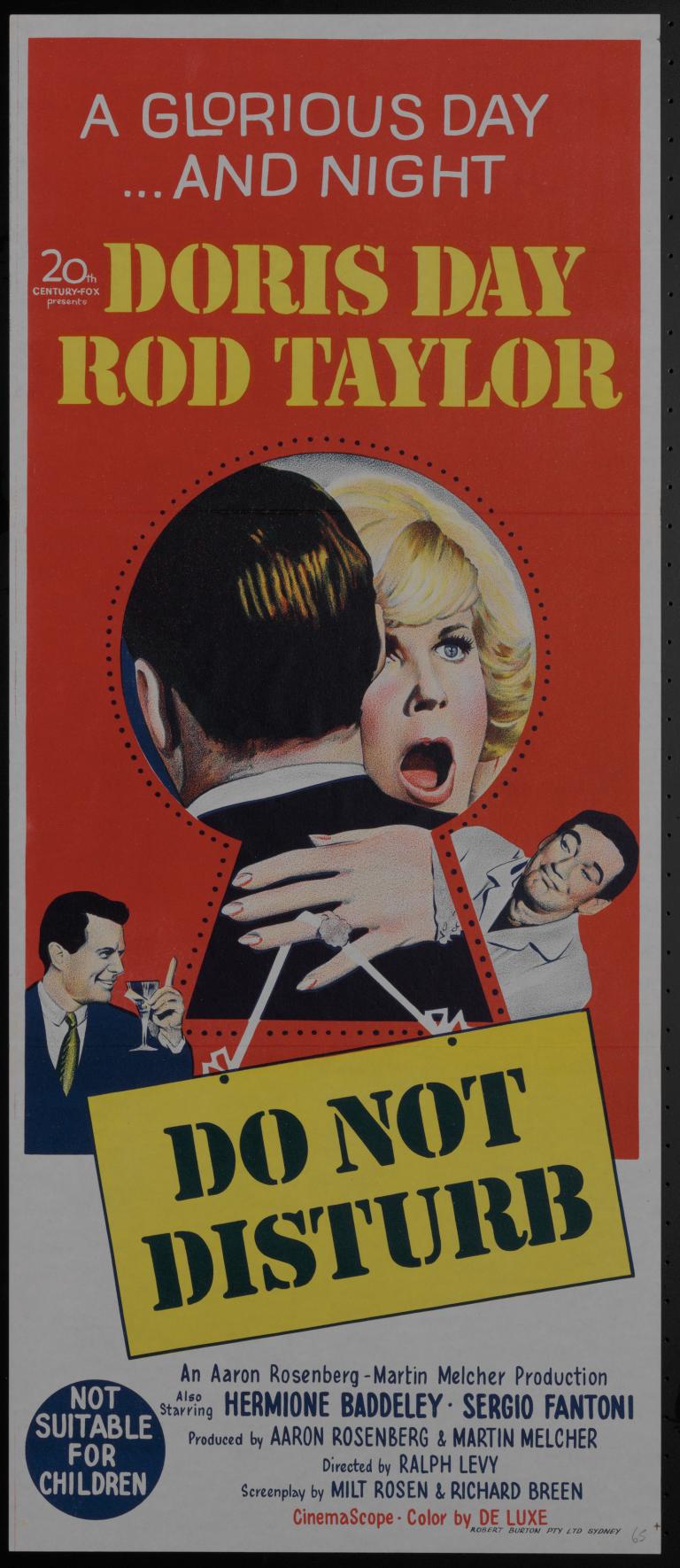
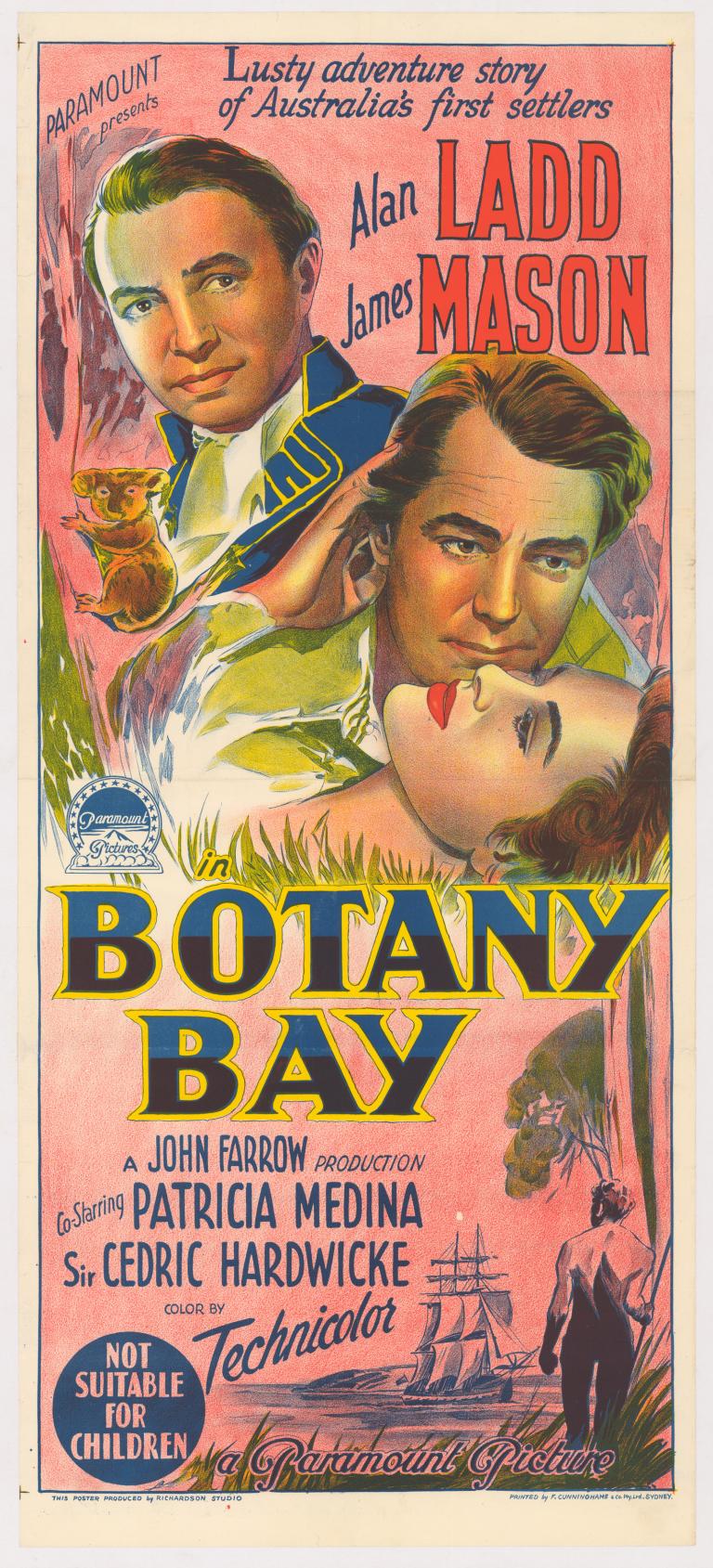
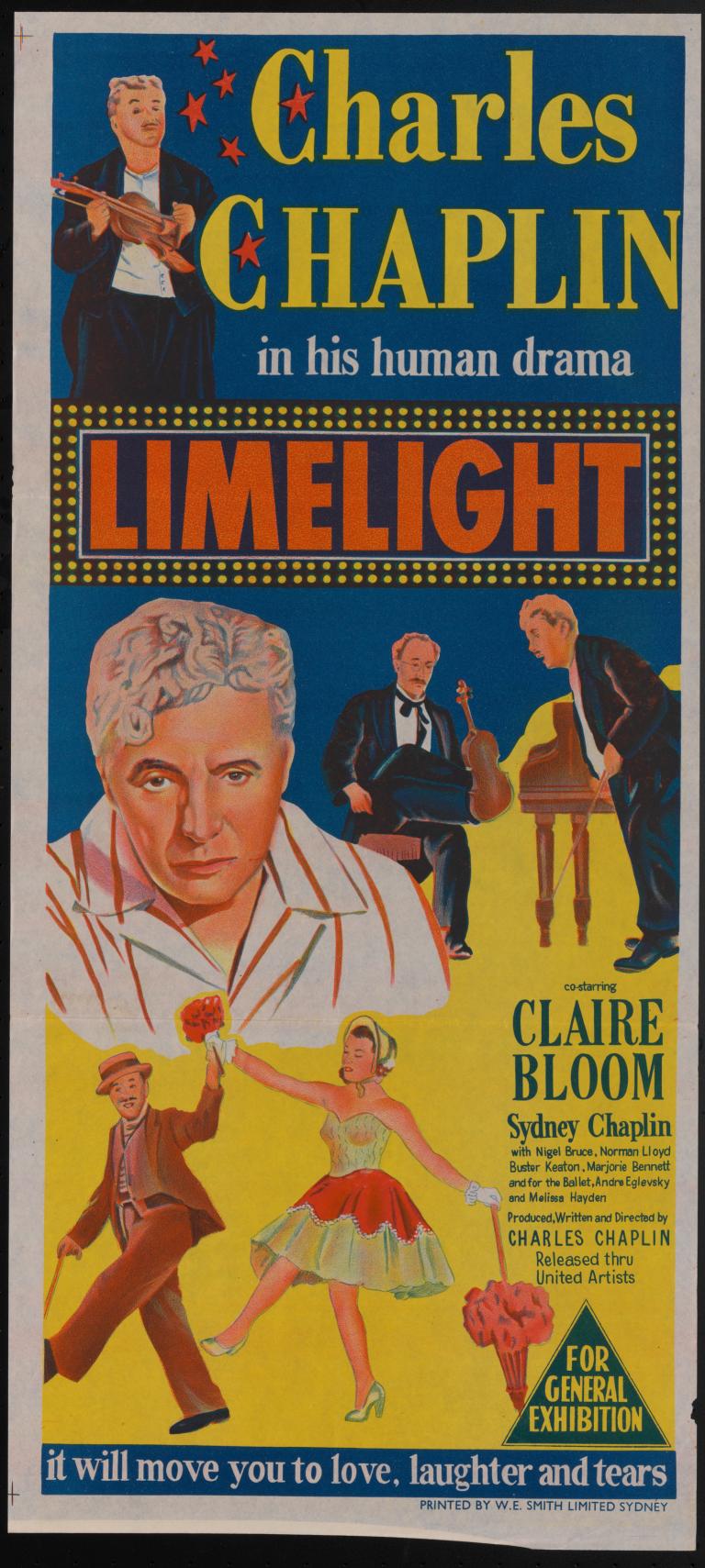
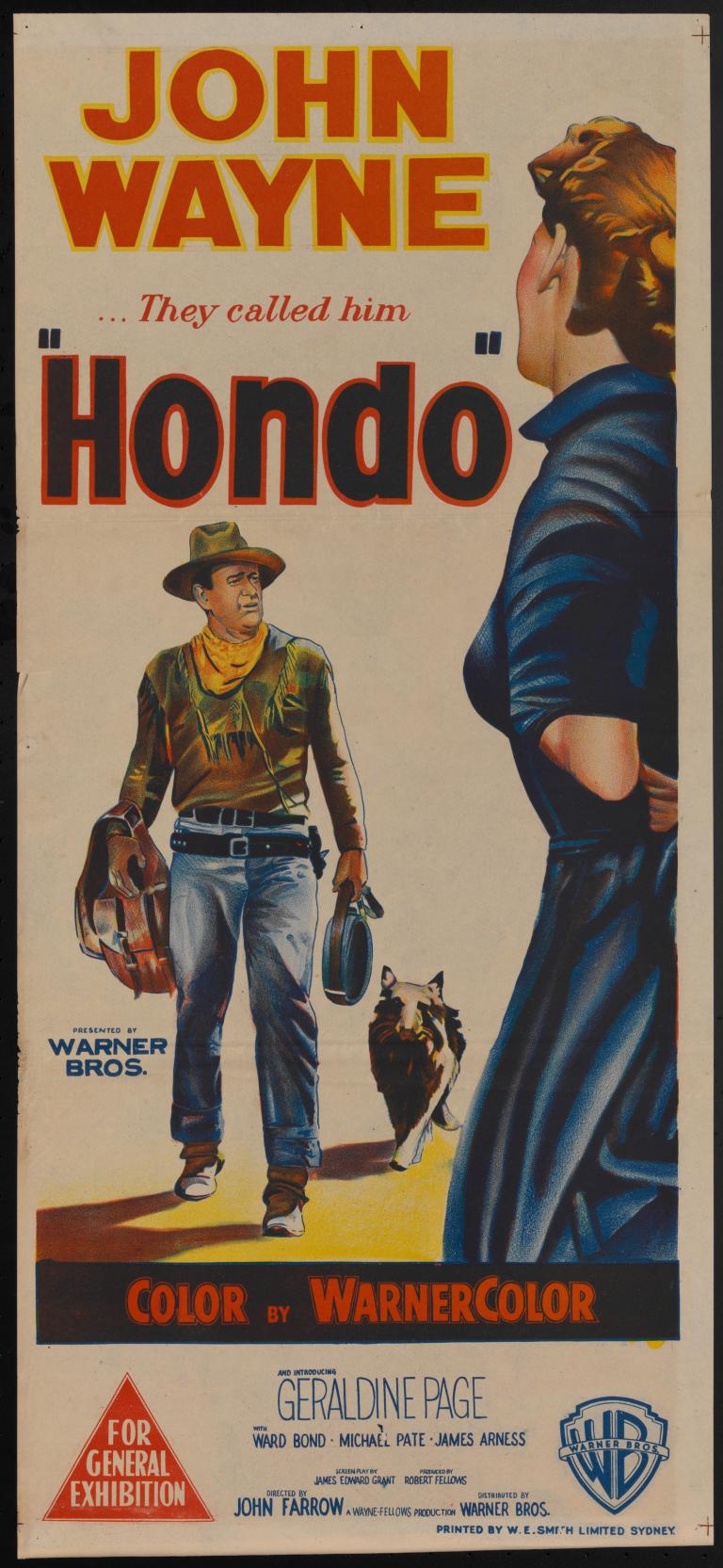
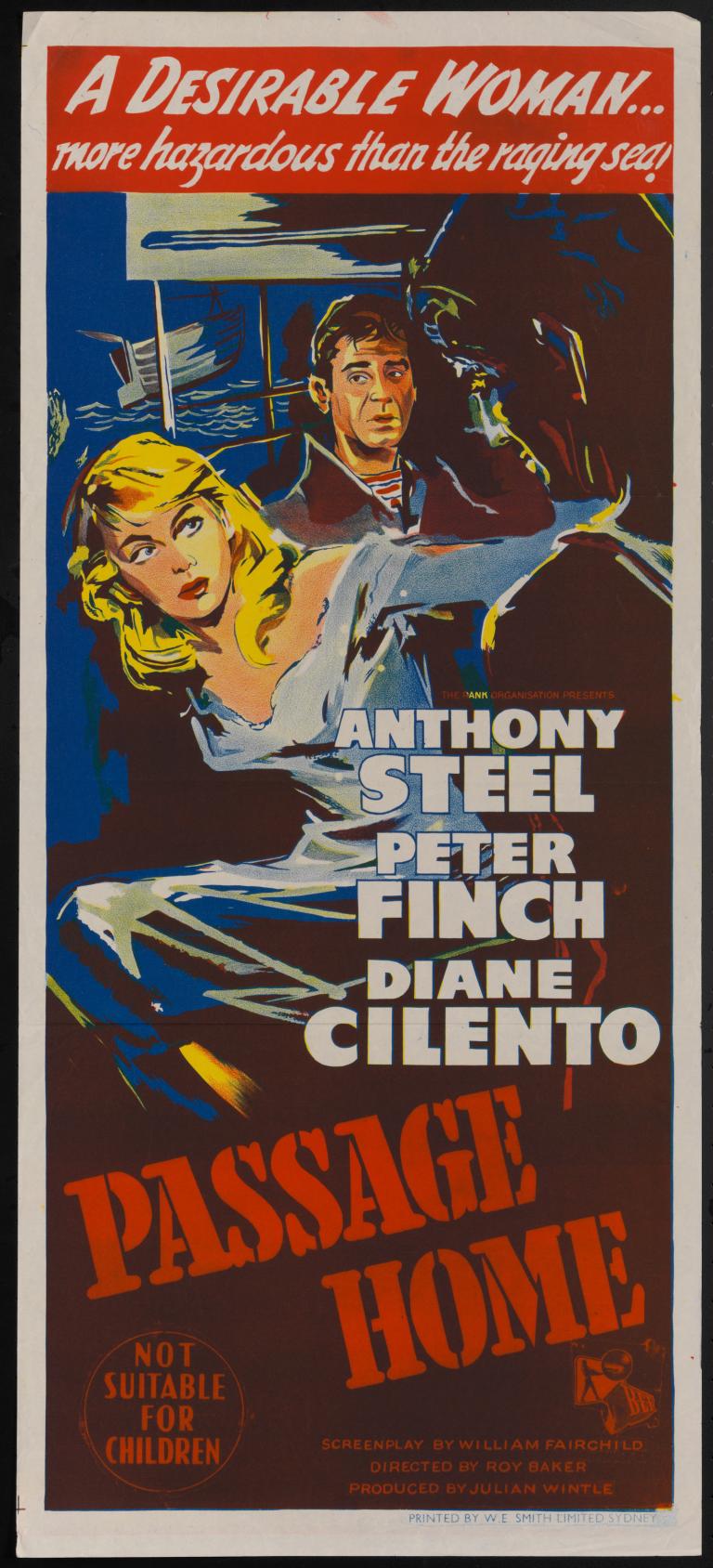
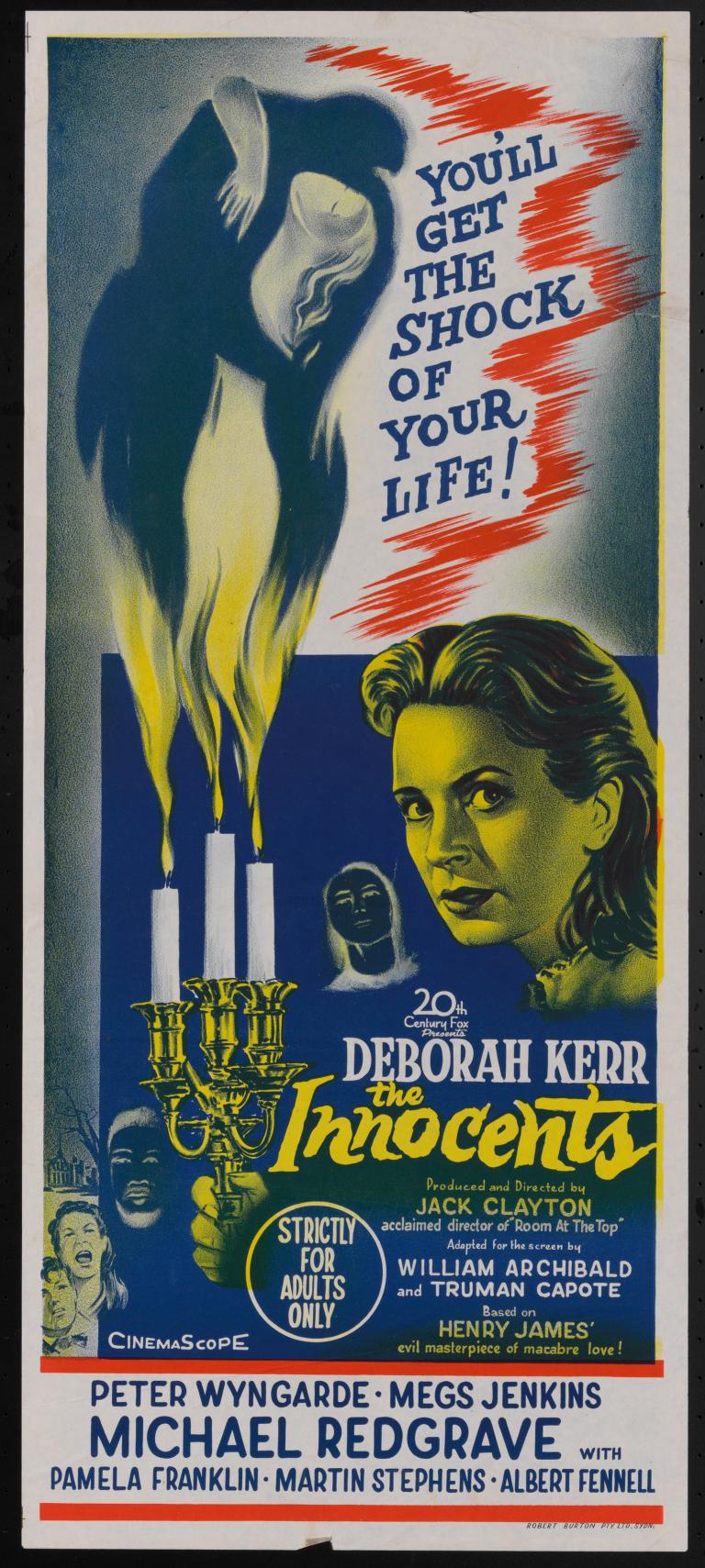
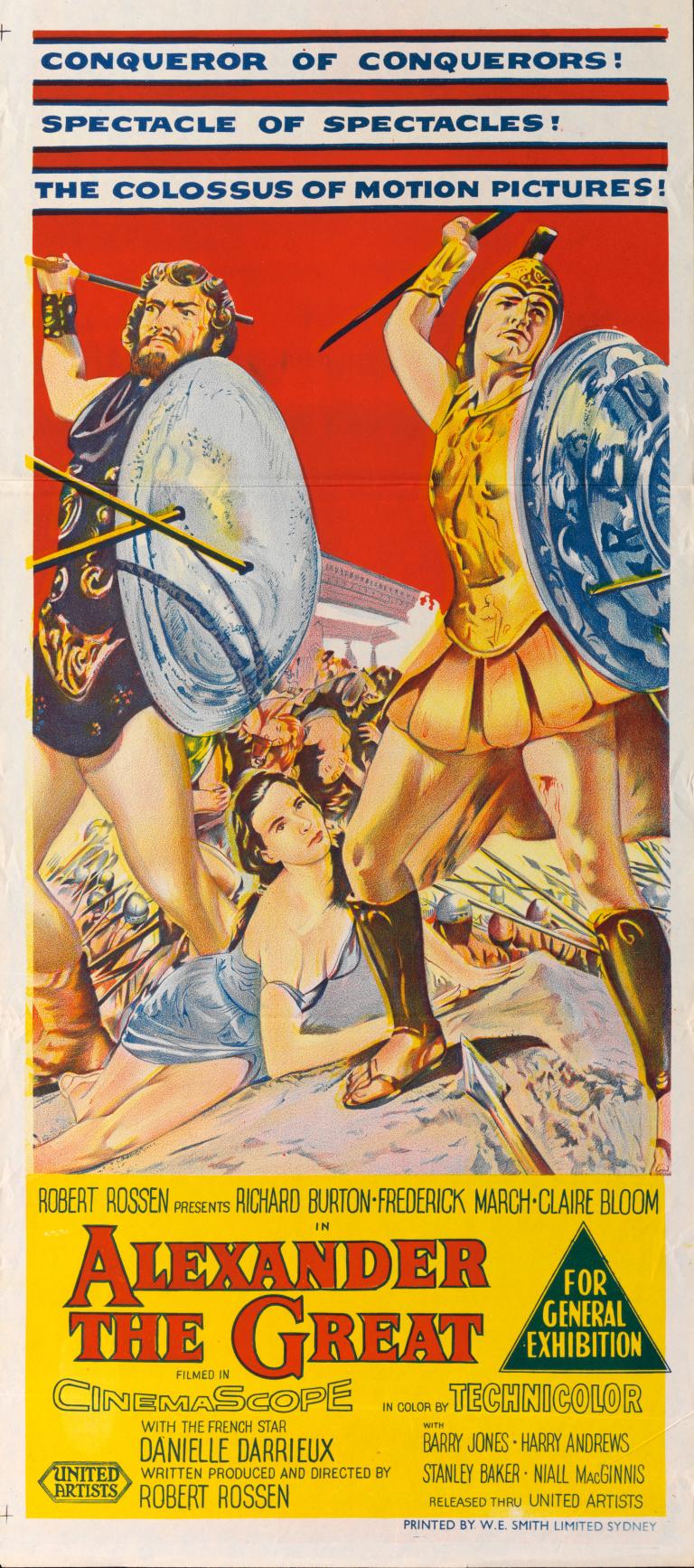
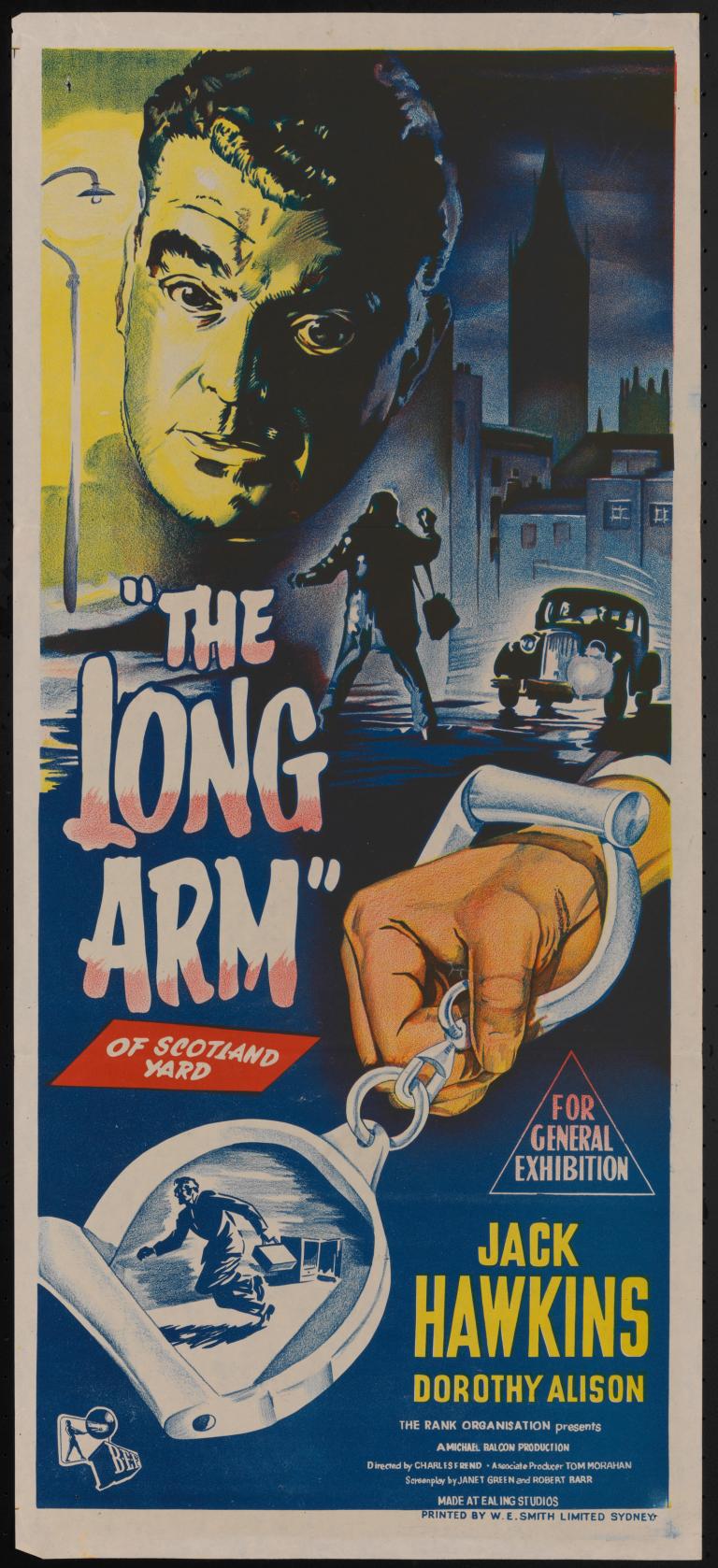
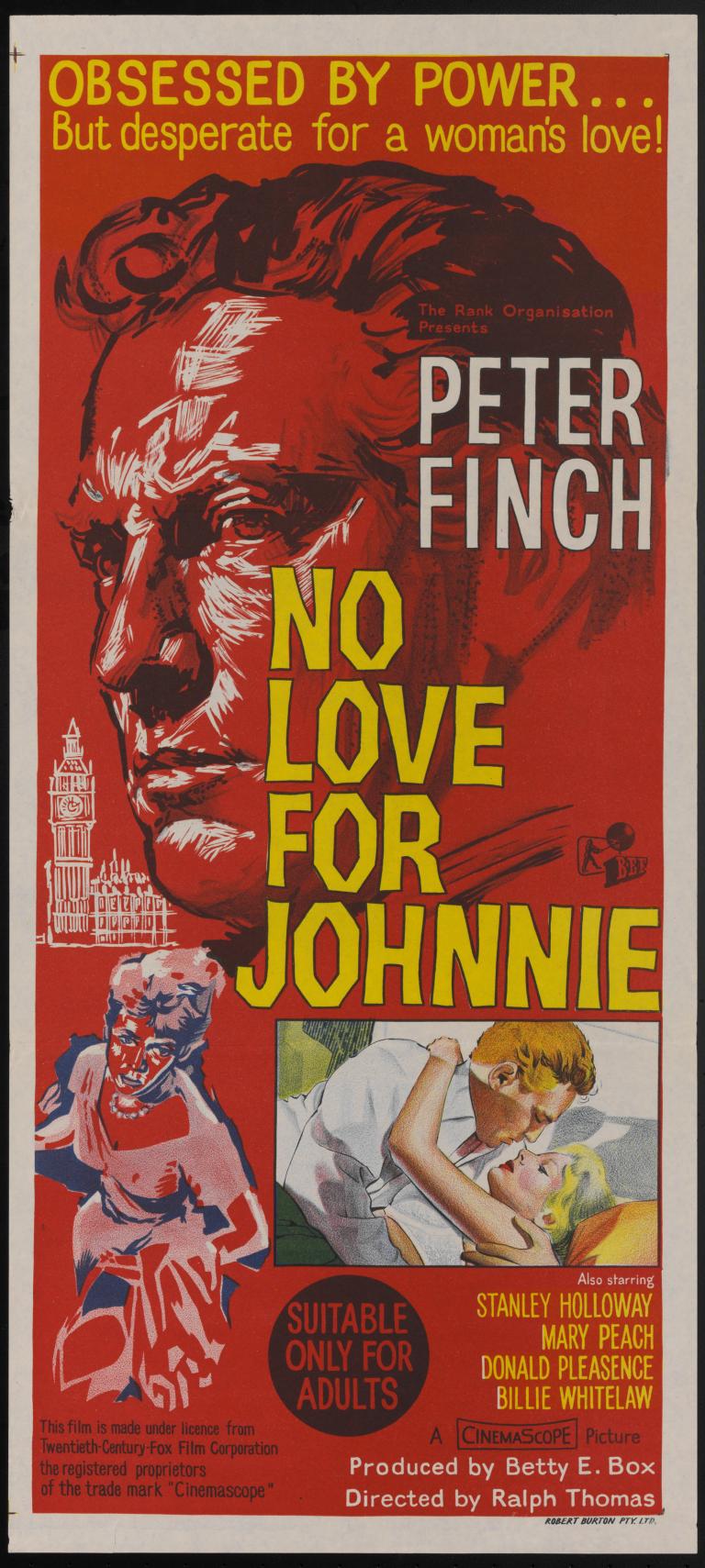
The National Film and Sound Archive of Australia acknowledges Australia’s Aboriginal and Torres Strait Islander peoples as the Traditional Custodians of the land on which we work and live and gives respect to their Elders both past and present.

